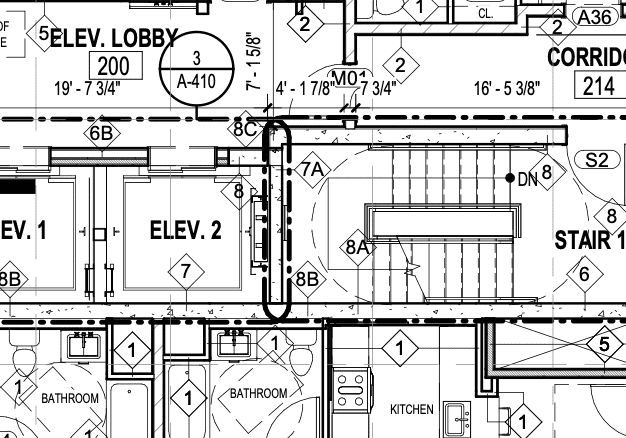
Shaft Walls- Get this right!
This video explains a common mistake made in shaft wall construction. https://youtu.be/0fyUPPaUdEc

How Did This Happen?
Here is a quick story of how Sharron landed in the firestop industry. What’s your...

Stair 5
Gypsum board shafts are my least preferred method for building exit enclosures. This video explains...

